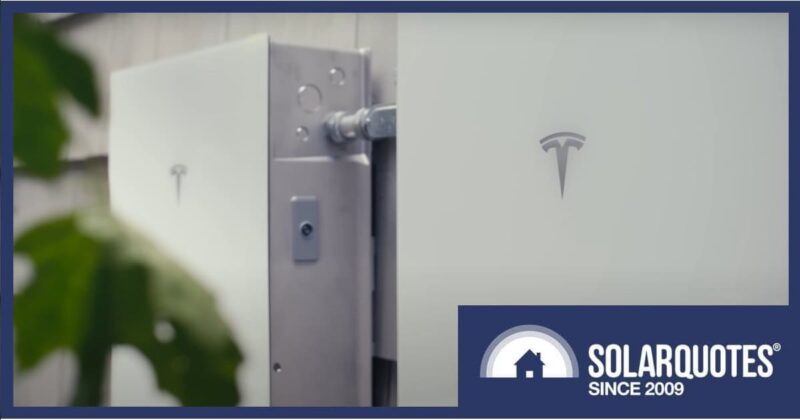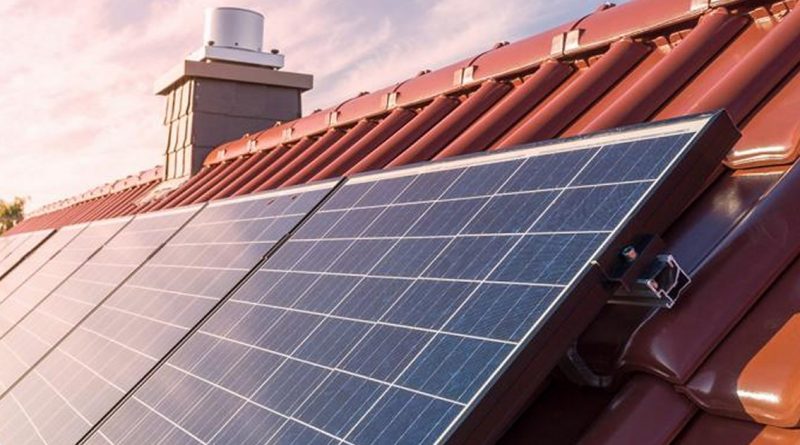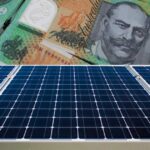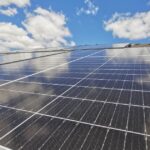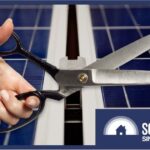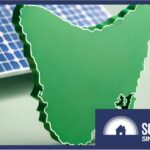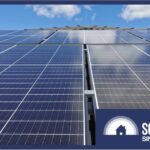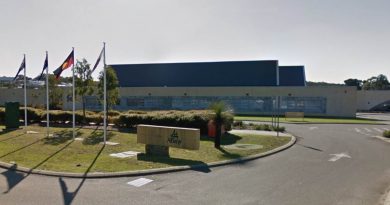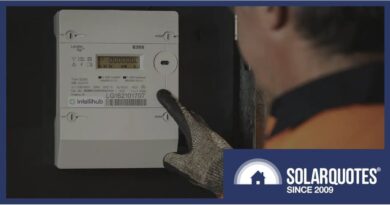Victorian Minimum Feed-in Tariff Rates Drop From July 1
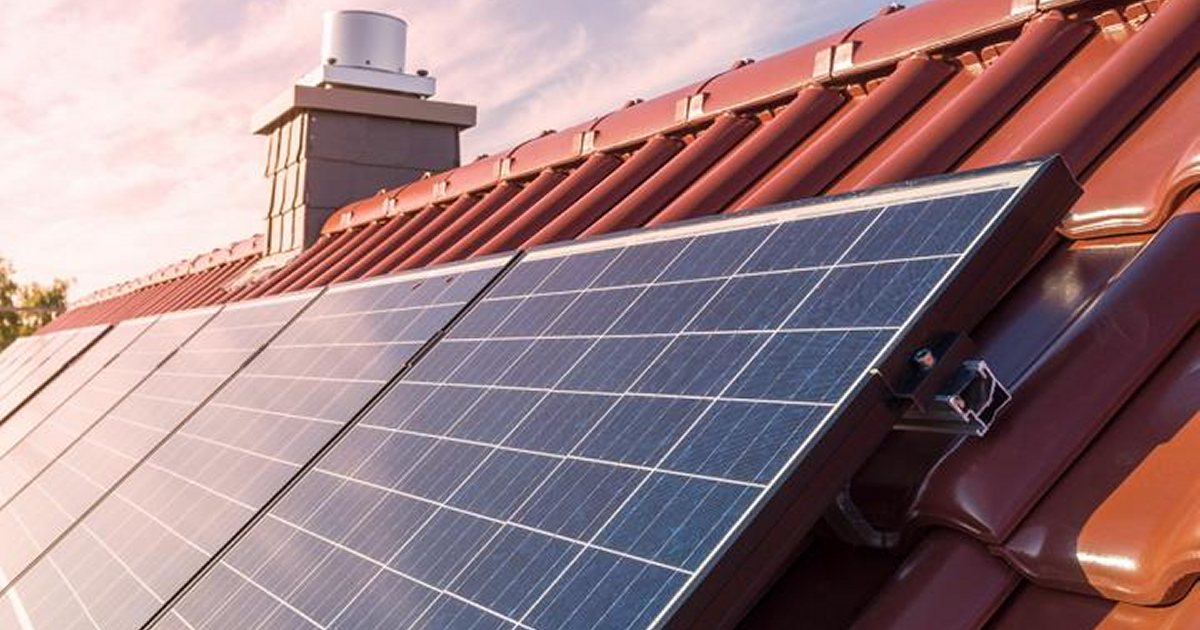
While Victoria’s minimum feed in tariff rates will reduce from the beginning of July this year, solar panels will remain a solid investment.
Renewable energy is pushing down wholesale electricity costs, which is great news. But this also puts downward pressure on solar feed in tariff (FiT) rates.
In November last year, Victoria’s Essential Services Commission released its draft decision on minimum feed-in tariff rates from 1 July 2021. At that point, it was considering a minimum single rate for 2021–22 of 7.1 cents per kilowatt-hour, down from the current 10.2 cents.
Last week, the Commission released its final decision on minimum feed-in tariff rates – and the cuts were even deeper than in the draft.
| Period | Weekday | Weekend | 2020/21 c/kWh |
2021/22 c/kWh |
| All times | All day | All day | 10.2c | 6.7c |
| Off peak | 10pm – 7am | 10pm – 7am | 9.1c | 6.7c |
| Shoulder | 7am – 3pm 9pm -10pm |
7am – 10pm | 9.8c | 6.1c |
| Peak | 3pm – 9pm | n/a | 12.5c | 10.9c |
The single rate (6.7c) is the rate most Victorians will be paid. Off peak, shoulder and peak rates are part of a “time varying” option some electricity retailers may offer.
It’s important to note that these are the minimum rates – retailers can choose to offer more, and some do.
Feed-In Tariff Components
The components that make up the FiT in Victoria are:
- Wholesale electricity price
- Avoiding the social cost of carbon
- Avoided distribution and transmission losses
- Avoided market fees and ancillary service charges
You can see from the following how much of an impact forecast wholesale electricity prices had in the ESC’s decision.
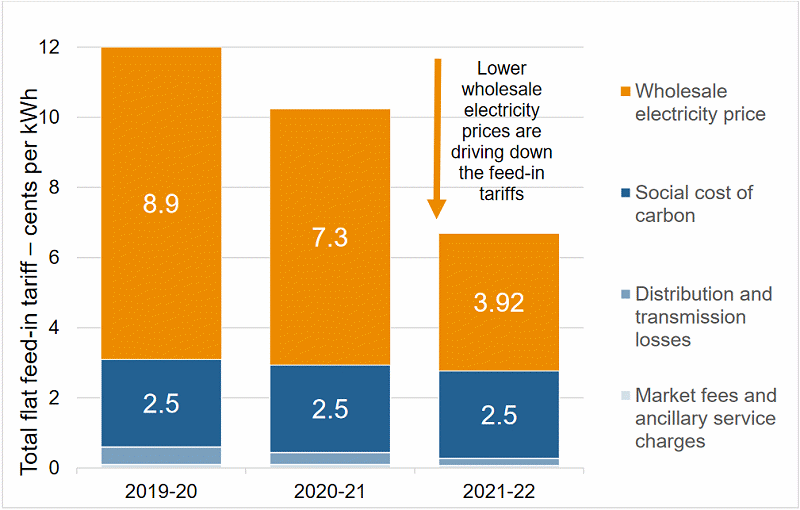
Wholesale electricity prices account for approximately 60-70 per cent of the minimum feed-in tariffs, but only 30 per cent of a retail electricity bill. You can learn more about why solar feed in tariffs are significantly lower than electricity usage tariffs here.
Will Solar Still Be Worth It In Victoria?
Yes, definitely.
While stating the days of high rates paid for surplus solar electricity exported to the mains grid appear to be over, ESC pricing director Marcus Crudden noted the enduring value of solar and battery storage is avoiding paying retail charges for mains supplied electricity.
For example, an electricity retailer may offer a 12c/kWh feed-in tariff, but charge 24c per kilowatt-hour for mains grid electricity consumed by a solar household. Maximising solar energy self-consumption really pays off.
“To avoid paying the higher retail rates it is in solar customers’ interests to use as much of the electricity they generate from their solar panels as possible,” said Mr. Crudden. “During the day when the sun is shining, solar customers should run their washing machine, dishwasher, water heater and other energy intensive appliances.”
So, how does a feed-in tariff of 6.7c affect payback on a solar system?
SQ’s trusty solar calculator used with its default settings aside from adjusting the FiT value and also taking into account Victoria’s solar panel rebate indicates a good quality 6.6kW solar power system installed in Melbourne will achieve simple payback in around 4 years, 3 months.
It is possible feed in tariffs will increase in the future, but for relatively short periods. If coal-fired clunker Yallourn Power Station was to close early, that could result in some upward pressure on wholesale electricity prices for a while, but the general trend will for be cheaper wholesale electricity. However, feed in tariffs won’t disappear altogether any time soon – or ever.
The Essential Services Commission’s full decision on minimum solar feed-in tariffs to apply from 1 July 2021 can be viewed here and further information on Victoria’s feed in tariff found here.
Across the border in New South Wales, IPART has also signalled it may reduce the non-mandatory benchmark FiT range for 2021/22.
Original Source: https://www.solarquotes.com.au/blog/vic-feed-in-tariff-mb1897/
